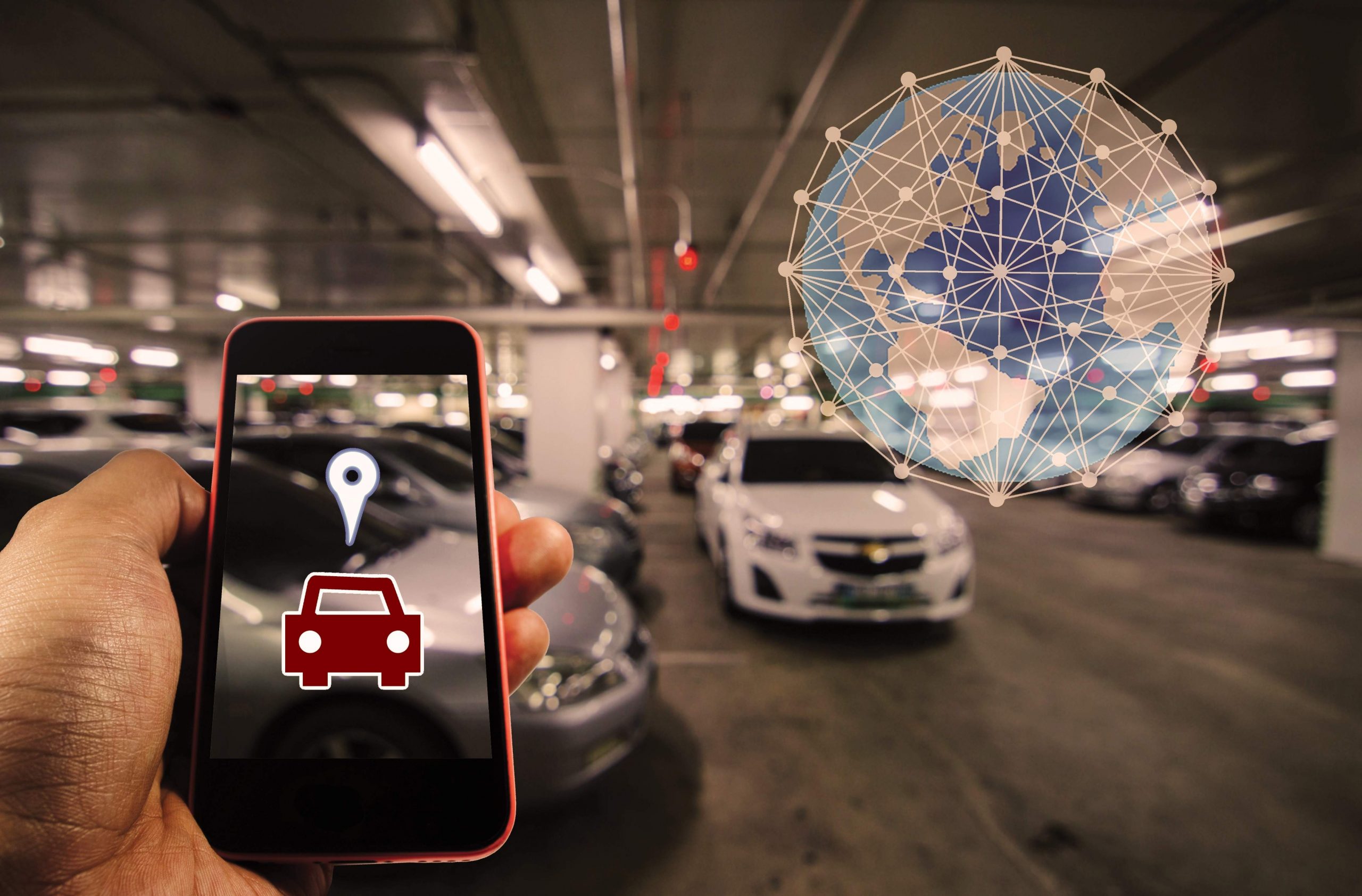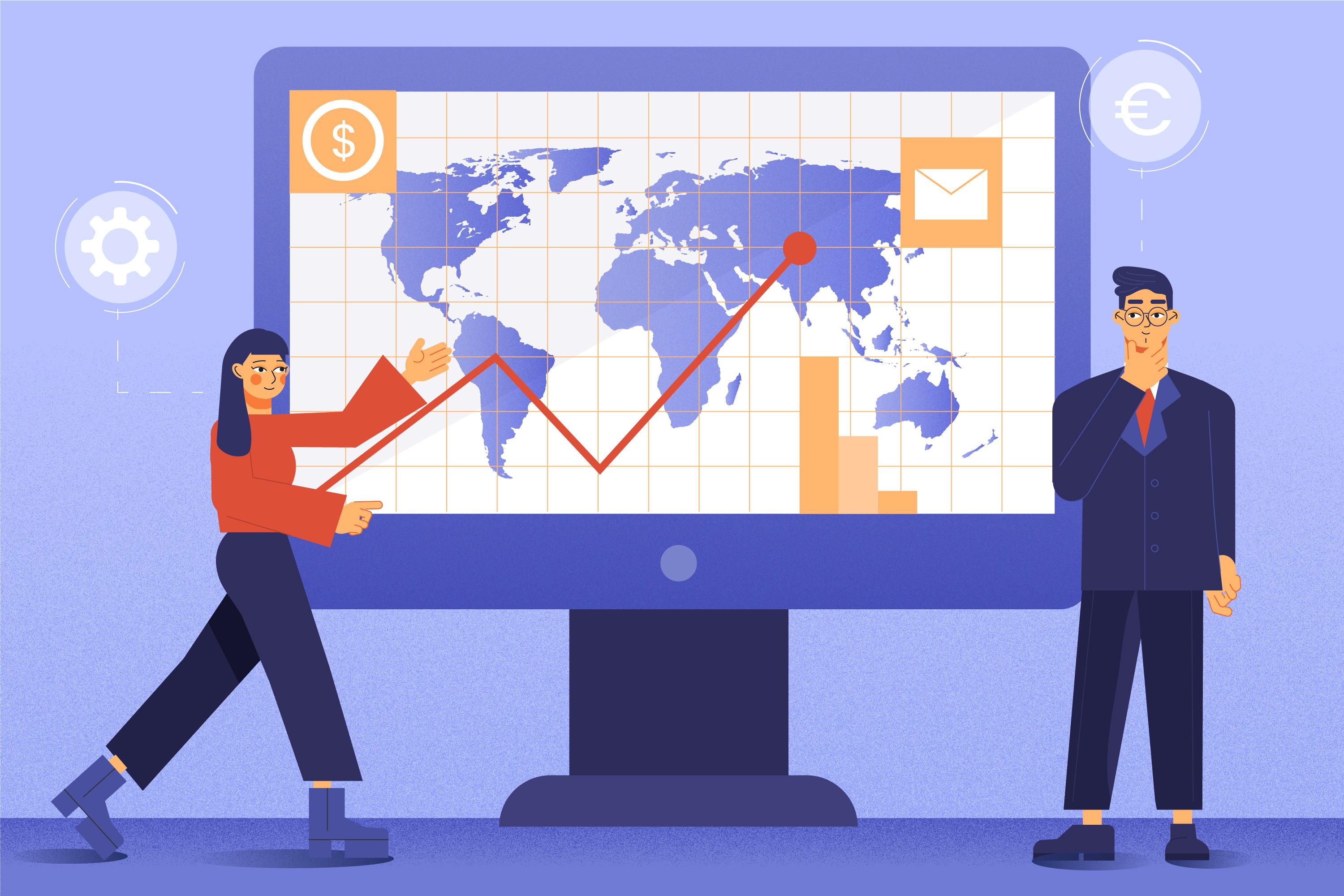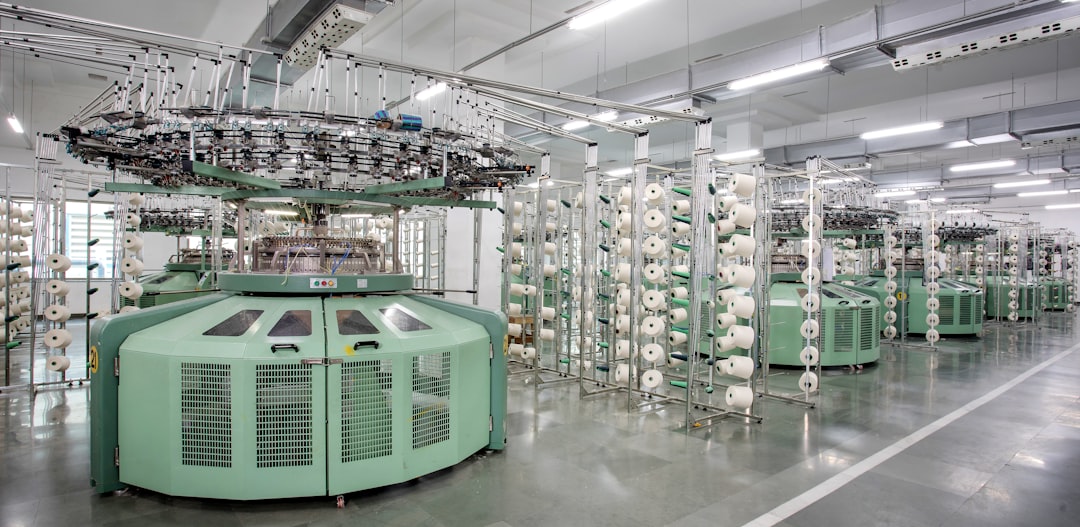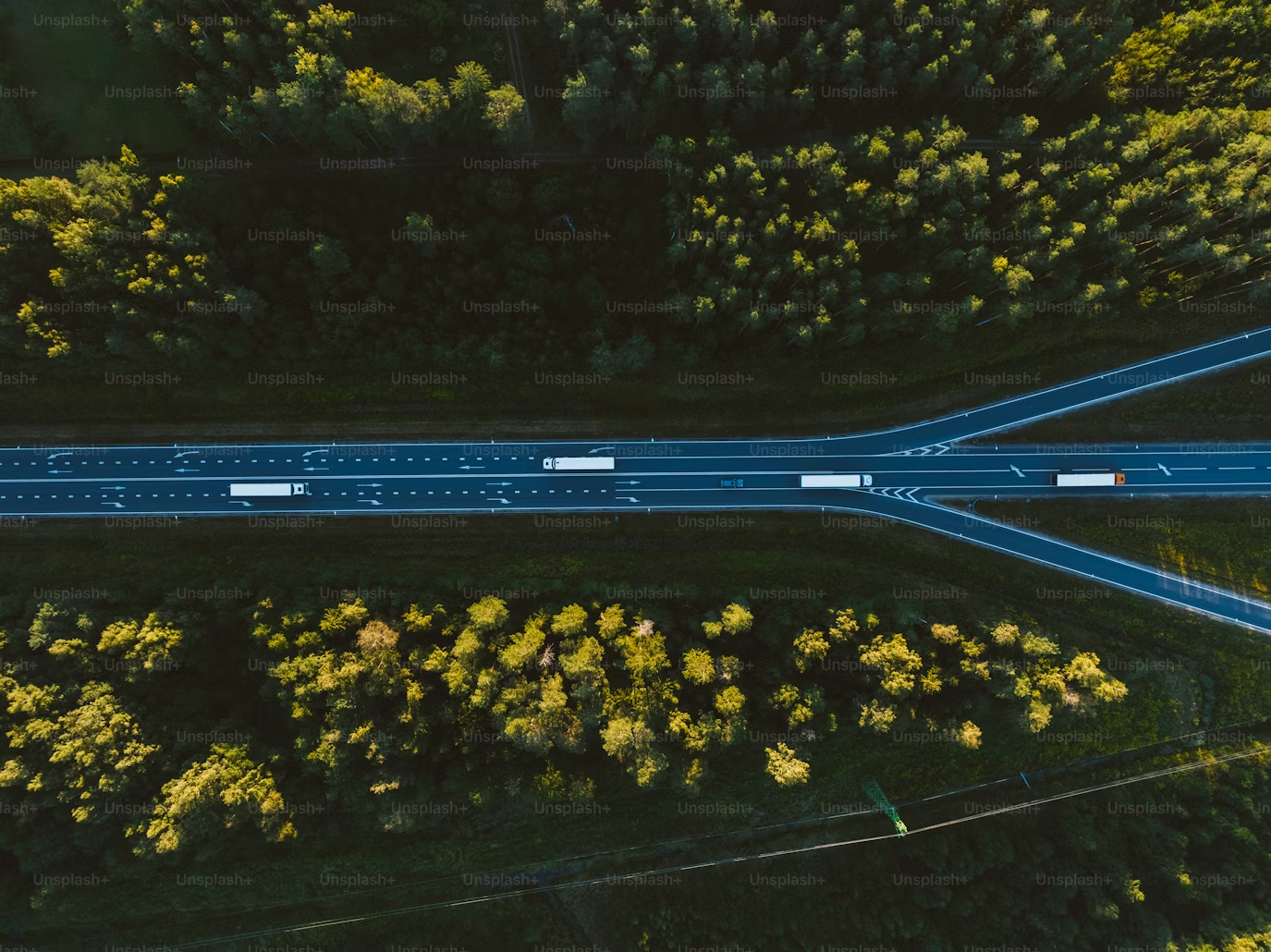Reinventing Smart Cities With IoT-Powered Parking
-
May 28, 2022
-
6 min read

As urbanization increases, the demand for a seamless parking solution grows with it. With frequent traffic disruptions and the absence of ample parking spaces, it is evident that the present way of parking system will oversee a significant change in the coming days.
Many reports of expenditures on smart parking products and services have been assumed to achieve a remarkable CAGR of 14%, surpassing $3.8B by 2023. The growing global adoption of an IoT-based parking system is driving this surge as cities seek more sustainable solutions. Technologies involving sensors, smart meters, navigation, and smart payment platforms are guiding the future of smart parking which promises an enhanced urban infrastructure with a seamless parking experience.
What are IoT-Based Parking Systems?
An IoT-based parking system is a parking solution that allows drivers to search and reserve parking spots remotely through their smartphones. This innovative approach not only provides a convenient way to avoid potential traffic scenarios but also lets drivers manage their parking schedules.
The system is equipped with hardware sensors that can detect available slots and offer real-time information to drivers. Users receive alerts regarding peak times and extra charges to experience hassle-free parking. Rooted in IoT technology, these smart parking solutions not only aim to maximize the existing parking spaces but also reduce traffic mismanagement.
How do IoT-Based Parking Systems Work?
IoT-based parking systems are made up of detailed networks of sensors, cameras, and IoT devices to manage parking systems remotely. These components are placed inside and outside buildings where the sensors detect the presence of vehicles and calculate the time of availability of parking slots. Real-time occupancy data is updated every five minutes which is delivered to drivers with the help of a dedicated app.
The system’s core functionality includes the following:
- Sensors:
With ultrasonic, infrared, or magnetic technology, sensors can detect a vehicle’s presence.
- Data Transmission:
The data collected is wirelessly transmitted to a central server using Wi-Fi, Bluetooth, or cellular networks.
- Data Processing:
Once received, the central server processes the information, determines any parking spot availability and offers insights into real-time traffic patterns.
- User Interface:
The processed data is transferred through user-friendly platforms like mobile apps or websites with quick insights on available parking spots.
- Payment Integration:
These platforms are integrated with payment systems that allow drivers to reserve a parking slot via cashless transactions. The platforms support various payment methods such as credit cards, mobile wallets, and prepaid cards.
Challenges in Current Parking Systems
Experiencing the ongoing problems faced by the traditional parking systems, it is evident that the current infrastructure is struggling to cope with the growing demand for parking spaces. As the lack of effective management contributes to more traffic issues, exploring the key challenges will emphasize the role of IoT technology in reshaping parking management.
The key issues contributing towards any unwanted chaos and inefficiency in urban infrastructure include:
- Insufficient Infrastructure: With more people owning vehicles, the existing parking infrastructure fails to accommodate new automobiles, resulting in traffic congestion, pollution, and accidents.
- Lack of Regulations: Several parking industries lack effective regulatory systems to control traffic, leading to inefficient space utilization and a scarcity of parking spots.
- Poor Space Utilization: Poor management of parking systems leads to overuse of spaces and gives way to more traffic in metropolitan areas.
- Lack of Technological Advancements: The absence of tech-driven solutions causes difficulties in finding vacant spaces and leads to traffic issues. Embracing innovations to track traffic and available slots will reduce these challenges significantly.
Benefits of Implementing IoT in Parking Systems
IoT-powered parking systems have successfully brought a new era of convenience which is consistently contributing to environmental sustainability by reducing the number of vehicles on the road and lowering search times.
With the growing demands of smart cities, the future of smart parking promises more new technologies involving vehicle tracking, automatic counting, violation mitigation, and safety assurance. This is only the first step towards a future of IoT-driven management towards a smarter, more efficient urban landscape.
Here are some major benefits of IoT-based parking system:
- Reduced Parking Time: Quick insights on available spots minimize the time spent searching manually and streamline the parking process.
- Increased Revenue: Real-time information on available parking spaces allows authorities to optimize their space and leads to an increase in revenue generation.
- Improved Traffic Flow: By seamlessly guiding drivers to their desired spots, IoT-based platforms reduce traffic congestion which enhances the overall traffic management.
- Enhanced Customer Experience: With quick real-time data on parking availability and fees, these systems improve customer experiences by making parking more convenient and transparent.
IoT’s Role in Overcoming Parking Management Challenges
The IoT technology seamlessly collects and analyzes data from sensors to offer real-time insights into parking spaces and traffic flow. This innovative approach not only improves car control and safety but also simplifies the parking process.
Airtel provides similar IoT capabilities that anticipate traffic flow, analyze parking patterns, and optimize time and space usage, acting as a reliable solution for the evolving needs of modern parking management.
Here’s how IoT is overcoming the current parking challenges –
Enhanced Car Control and Safety
- Alerts drivers about exiting cars.
- Provides data on peak parking schedules.
- Monitors traffic law for improved safety.
Real-Time Parking Space Monitoring
- Simplifies search processes.
- Minimizes uncertainty with automated parking solutions.
- Offers real-time facility.
Anticipating Traffic Flow Through Parking Patterns
- Optimizes high-traffic zones.
- Gathers real-time driver data.
- Utilizes behavioural and environmental insights.
Efficient Time and Space Utilization in Urban Environments
- Reduces street search activities, minimizing traffic jams.
- Maximizes available space by automatically adjusting rates.
- Automated meter renewal solutions for increased income.
Conclusion
So far it is evident that the fusion of IoT into parking management is the first step towards transforming urban spaces into smarter and efficient environments. This technological leap using real-time data, enhanced security, optimized traffic insights, and efficient parking space will change how people park their cars.
As businesses explore the benefits of IoT-based parking system, Airtel IoT embraces more innovations towards this digital transformation through its advanced IoT solutions. From small towns to big cities, evolve seamlessly towards intelligent urban spaces with Airtel. Explore seamless transitions that bring forth a business’s true potential!
 Share
Share









